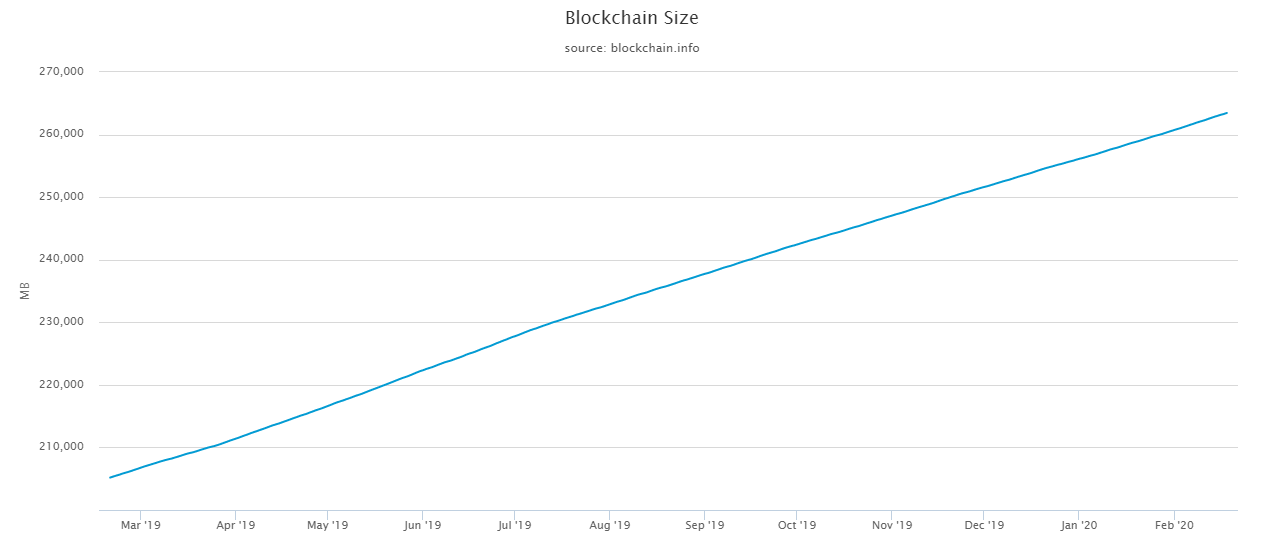If you’re a true believer in Bitcoin and you want to see it succeed, you can help strengthen the network by running a full node. It may sound intimidating if you’re not a programmer but it’s actually a lot easier than you think. Here’s why.
1. You Don’t Need to Invest in Expensive Equipment
Running a full node is not like mining bitcoins. You don’t need to spend $3,000 on an ASIC Antminer S9. You also don’t need to have an abundance of cheap power or even an excessively powerful device.
Unlike mining, running a full node won’t take up much of your electricity. It also won’t place anywhere near as much strain on your equipment. Contrary to popular belief, you don’t actually need to keep your computer on all the time (although the longer the better). A minimum of six hours a day is required.
2. It’s Fairly Easy to Meet the Minimum Requirements
Let’s be clear. You can’t run a full node from your mobile phone or travel laptop. There are certain requirements you’ll need to meet otherwise you’ll just run into a myriad of performance and cost issues.
But if you have a decent piece of kit already that’s running a recent version of Windows, Mac OS X, or Linux, you’ll only need 200GB of free disk space and 2GB of memory (RAM). This can be either a desktop or a laptop as long as it meets these specs.
You will also need an unmetered, high-speed internet connection, which many providers offer today. Although, be sure to check your internet plan first to make sure that excess upload bandwidth is included.
If your internet is spotty or you’re barely able to stream Netflix, running a full node is probably not for you at this time.
3. You Just Download and Run the Latest Bitcoin Core Client Version
Once you’ve checked with your internet provider and ensured that your equipment meets the minimum requirements, all you need to do is the latest Bitcoin core client version and run it.
Keep in mind that this may take some time. The Bitcoin blockchain is now over 260GB in size, so be patient while your node synchronizes.

If you’re not tech-savvy in the slightest, it may be a good idea to call for some help in the beginning. While you certainly don’t need a degree in computer science to contribute to making the network more robust and decentralized, you may encounter some issues.
For example, the Bitcoin blockchain contains parts of known computer viruses in it. Don’t be alarmed, these can’t infect your computer. But your anti-virus program may interfere and quarantine the data making it difficult to run Bitcoin Core.
This is generally a Windows problem and you can reach out to the community for assistance. Make sure that whoever helps you is qualified and reputable before taking their advice.
Running a full node isn’t for everyone. But if you’ve been in the space for some time and want to help the network while also enjoying greater privacy, now’s as good a time as any.
Did you find this helpful? Let us know in the comment section below!
Images via Shutterstock, Chart by Blockchain.info










